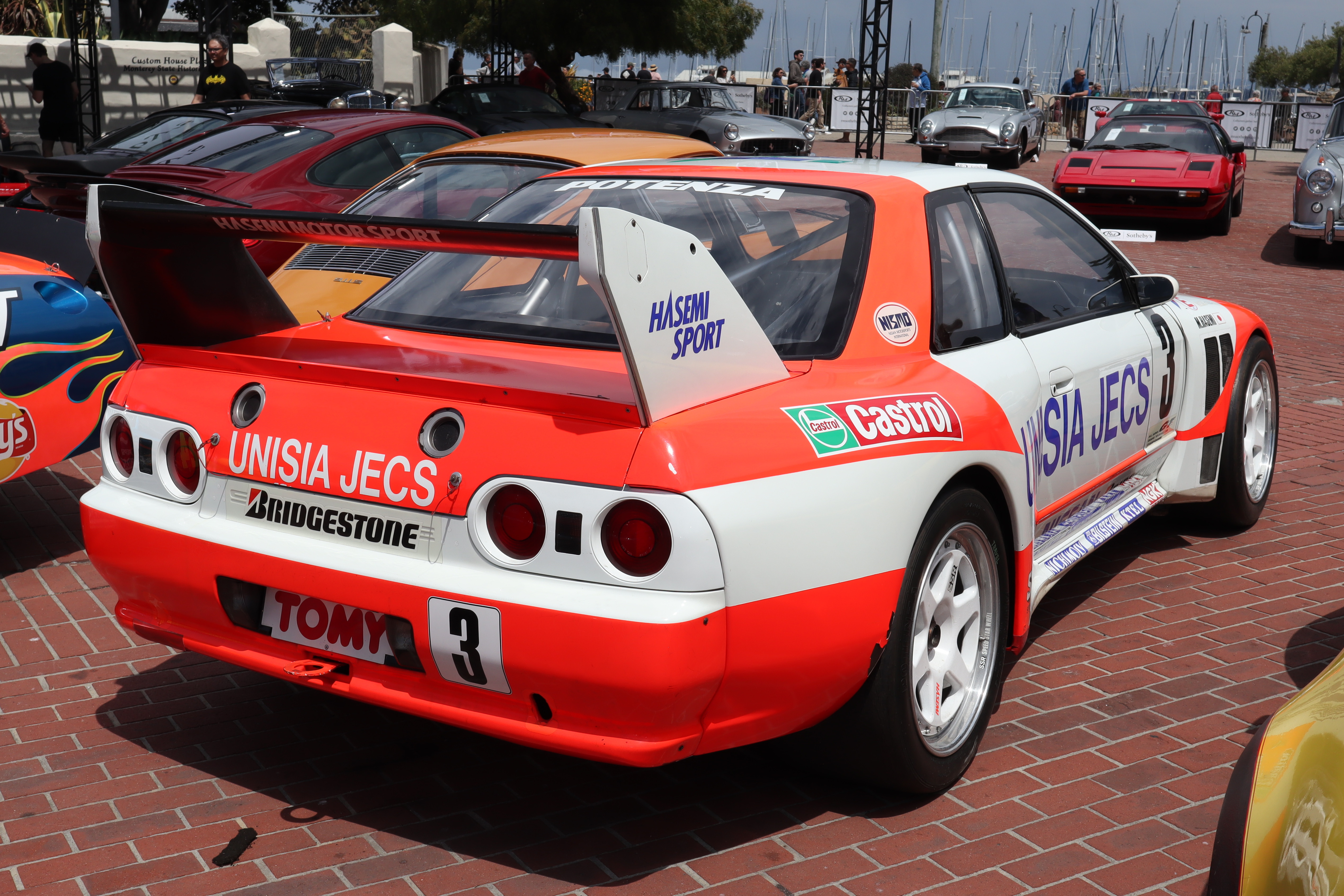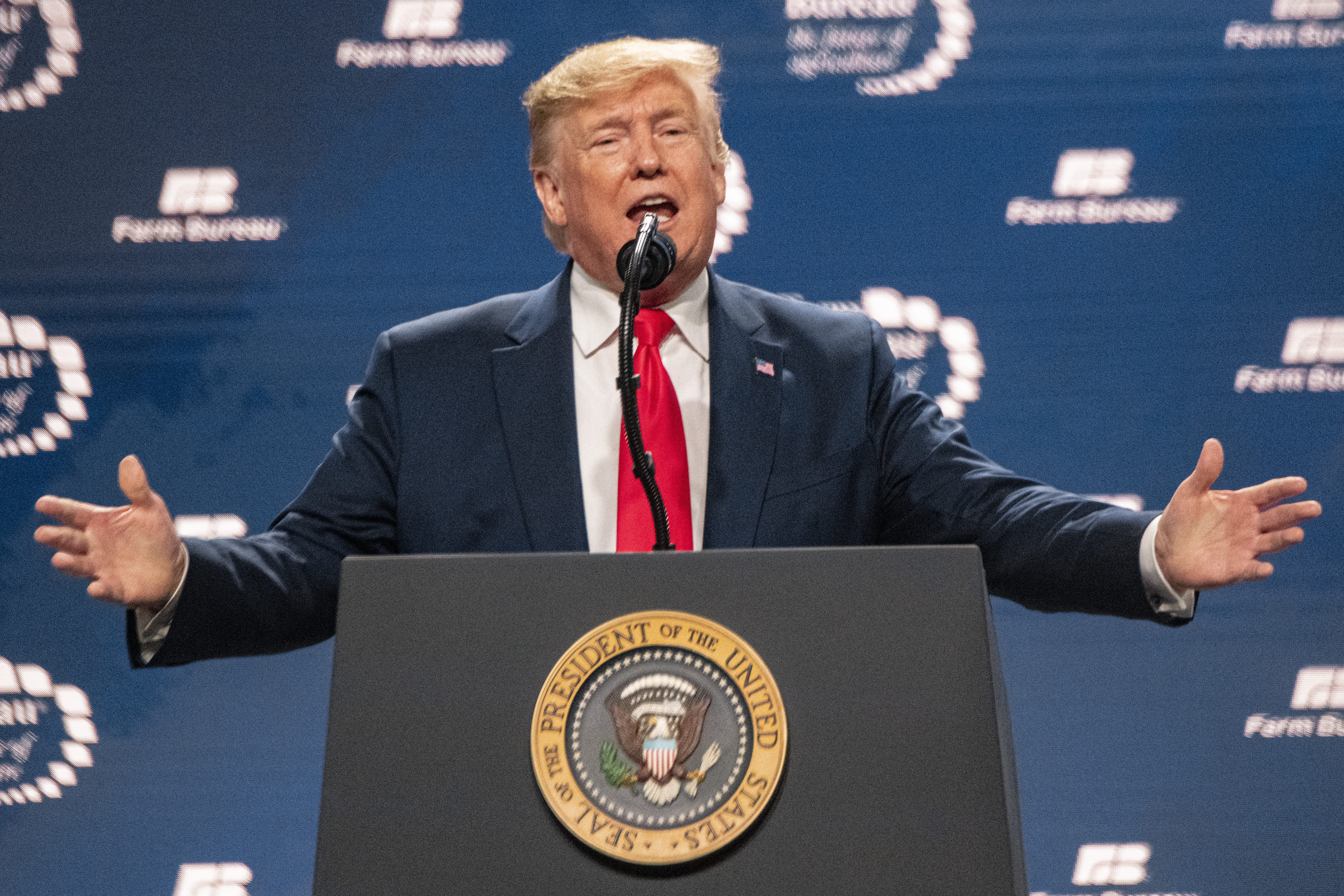Japan Classic Car Imports: 2025 Currency & Tariff Exemption Opportunities
The global automotive market faces unprecedented shifts in 2025, with the U.S. dollar weakening 7% against the Japanese yen (JPY) since April. While this currency dynamic generally makes Japanese goods more expensive for dollar-based buyers, classic car enthusiasts are discovering a unique opportunity.
This article explores how strategic importers can leverage Japan’s domestic market surplus, tariff exemptions, and currency trends to acquire iconic Japanese classics at competitive prices.
Currency Dynamics: JPY Strength vs. Tariff Exemptions
The USD/JPY Shift
-
April 2025 Rate: 140 JPY/USD (vs. 160 JPY/USD in 2024)
-
Impact: A $50,000 USD classic now costs ¥7M JPY instead of ¥8M, reducing Japanese buyer appetite but creating opportunities for USD-based importers of JDM classics.
Tariff Policy Context
-
25% U.S. Import Tariff: Applies to modern vehicles but exempts classics over 25 years old under the 25-Year Rule.
-
Japan’s Zero-Tariff Policy: No import duties on vehicles entering Japan, creating a bidirectional opportunity.
Classic Cars: The Currency-Proof Niche
Why Classics Defy JPY Strength
Japan’s classic car market remains insulated from broader currency challenges due to:
-
Tariff Exemptions: Pre-2000 models avoid the 25% U.S. duty, offsetting JPY appreciation.
-
Appreciation Potential: Iconic JDM cars like the 1998 Nissan Skyline GT-R R34 have risen 15-20% annually in value.
-
Domestic Surplus: Japanese dealers face a glut of classics as younger buyers shift to EVs, per Japan Automobile Dealers Association.
Top 2025 Opportunities
| Model | 2024 Avg. Price (¥) | 2025 Avg. Price (¥) | USD Equivalent (2025) |
|---|---|---|---|
| 1995 Toyota Supra | 6,500,000 | 5,800,000 | ~$41,428 |
| 1999 Honda NSX | 8,200,000 | 7,300,000 | ~$52,142 |
| 1998 Nissan Skyline | 10,000,000 | 9,200,000 | ~$65,714 |
Strategic Import Approaches
1. Target "Orphaned" JDM Models
Japanese dealers are discounting classics with limited domestic interest but strong global demand:
-
Kei Cars: Honda Beat, Suzuki Cappuccino
-
90s Sports Cars: Mazda RX-7, Mitsubishi 3000GT
-
VIP Sedans: Toyota Celsior, Nissan Gloria
2. Leverage Japan’s Domestic Surplus
With U.S. tariffs slashing new car exports, Japanese dealers are overstocked on classics. As noted on Reddit:
"Dealers in Osaka are sitting on dozens of low-mileage Supras they can’t move locally. It’s a buyer’s market if you’re exporting."
3. Currency Hedging Strategies
-
Forward Contracts: Lock in JPY rates for future purchases.
-
Escrow Services: Hold funds in JPY to avoid exchange volatility.
Logistics: Overcoming JPY Challenges
Documentation Essentials
-
Export Certificate: Verify vehicle age for U.S. tariff exemption.
-
Auction Sheets: Japanese auction grading reports (e.g., 4.5/5 grade).
-
Ownership History: Ensure no liens or outstanding shaken fees.
Cost-Effective Shipping Options
| Method | Cost (USD) | Transit Time | Best For |
|---|---|---|---|
| Container | $3,500 | 25 days | High-value classics |
| RoRo | $1,800 | 35 days | Budget projects |
| Air Freight | $12,000 | 3 days | Urgent/concours cars |
Our classic car import services are tailored to capitalize on 2025’s unique market:
-
Tariff Exemption Compliance: Ensure your classic qualifies for 25-year rule benefits.
-
JPY Payment Solutions: Pay suppliers directly in yen to avoid markup.
-
Auction Proxy Bidding: Access Japan’s closed dealer networks and auctions.
-
Climate-Controlled Shipping: Protect classics from humidity damage.
Timing the Market
While JPY strength presents challenges, the classic car exemption and Japan’s domestic surplus create a limited-time opportunity. Models like the R34 Skyline and FD RX-7 are already rising in global markets—acting now could secure assets with 20%+ annual appreciation potential.
Contact our team to start your Japanese classic car import strategy today.
You May Also Like
These Related Stories

JDM Classic Car Exports: Leveraging the US 25-Year Rule
.jpg)
Top US Muscle Cars to Import in 2025: Tariff Exemptions & Market Trends

-093789-edited.png?width=220&height=79&name=wcs_final_logo_(1)-093789-edited.png)
